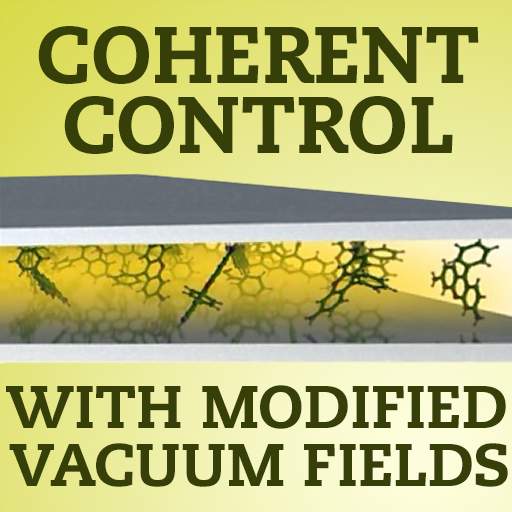Speaker
Description
Strong light-matter coupling generates hybrid states that inherit properties of both light and matter, effectively allowing the modification of the molecular potential energy landscape. This phenomenon opens a plethora of options for manipulating the properties of molecules, with a broad range of applications in physics, chemistry, and materials science. In this presentation, I will focus on the topic of dark states. I will discuss a method to vary the number of dark states in Fabry Perot cavities. This by varying the cavity mode. The presented approach could become a valuable tool for assessing the effect of dark states on photochemistry. I will further outline my plans to use kinetic modelling to extract the number of dark states from spectroscopical data. Towards the end of my talk, I will highlight the idealness of polaritons. That for the common case, there is not two bright states and a set of dark states. Instead, states have various shades of grey. There is thus a need to both theoretically account for this greyness, and experimentally device methods to create systems that are more ideal. I will show our results of trying to make highly ideal polaritons in the ultra-strong coupling regime.

